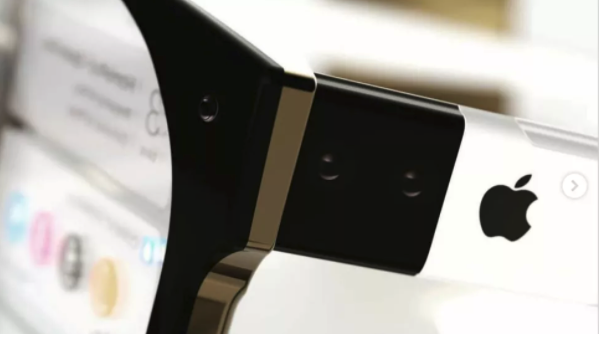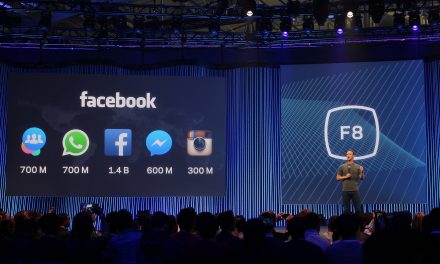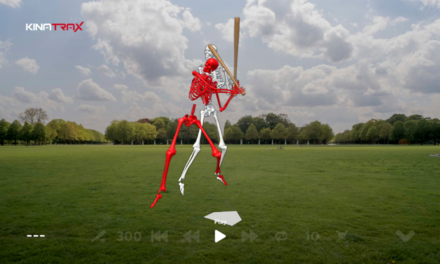A report from Bloomberg surfaced earlier this year claiming that Apple is well into the development of their first Virtual Reality (VR) Headset. The headset is reported to be equipped with over a dozen cameras, in addition to dual 8K displays with limited Augmented Reality (AR) capabilities. The headset is alleged to cost over $3,000, with the capabilities of creating a 3D environment suited for gaming, entertainment, and communication. “The company is building a high-end, niche product that will prepare outside developers and consumers for its eventual, more mainstream AR glasses.” This push to get the device into the hands of developers first will surely help propel AR and VR more into both enterprise and consumer realms.
While the headset is set to unveil in 2022, not much else is known about the device. It is reported to be the first in a long line of potential AR products, marketed towards a higher-end category similar to that of their other devices. According to an accredited tech leaker Jon Prosser, the future devices will be titled “Apple Glass.” The VR headset is untitled, with a codename of N301 and has a later, vague, expected release date of 2023.
According to Bloomberg, the headset will be geared towards developers and tech specialists before they release their mainstream, user-friendly models that they are known for with their phones and tablets. The headset will be in direct competition with Facebook’s Oculus and Sony’s Playstation VR, featuring some of Apple’s most advanced and powerful chips in order to create a display that has a higher resolution than existing VR products.
Apple has made developments to make the device as light and accessible as possible. In late 2018, they were close to their first prototype with both virtual and augmented reality capabilities, however their chief of design made technological objections forcing them to start from scratch. The result is a new model that does not include a fan, allowing it to operate off of a battery so that it does not need to be plugged into a wall or Mac. It also has a fabric exterior, as opposed to the industry standard of plastic or metal. These changes have made it more lightweight than competitors, however tech critics are skeptical of performance quality being sacrificed for accessibility.
Apple’s entrance into the world of VR was only a matter of time and is long anticipated. They are known for hopping on tech trends, making them more accessible to a wider audience who would not have otherwise been exposed. Apple Glasses could be a monumental turning point in the development of AR and VR, similar to their foray into electronic transactions when Apple took notes from popular payment method Square and developed Apple Pay. With a reputable company like Apple launching these AR/VR devices into the mainstream and propelling users toward the technology enterprise development will surely benefit.






